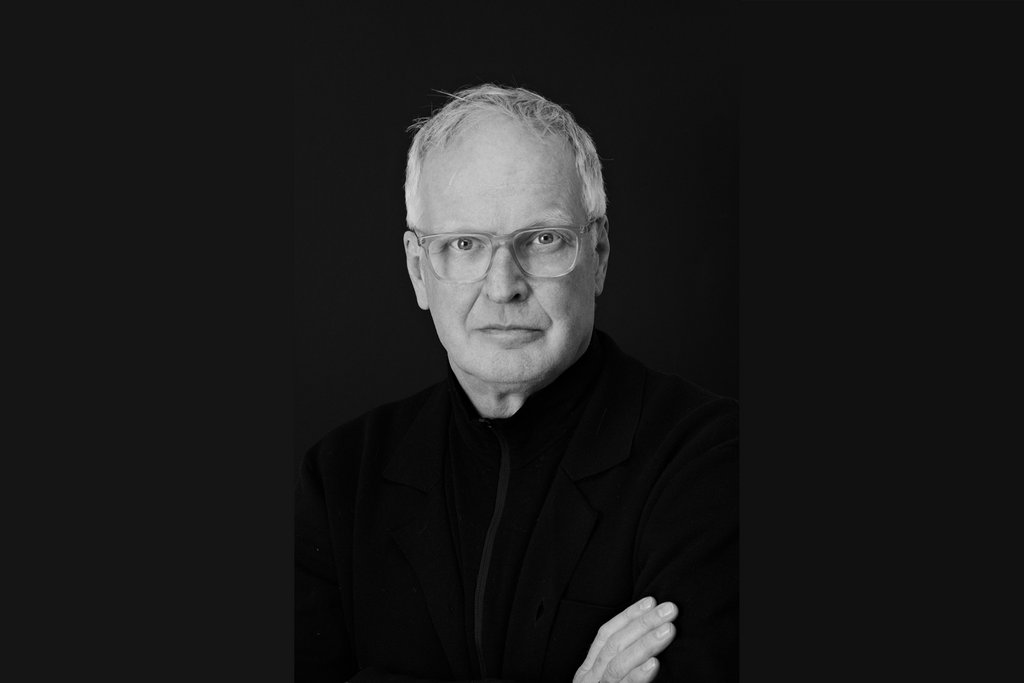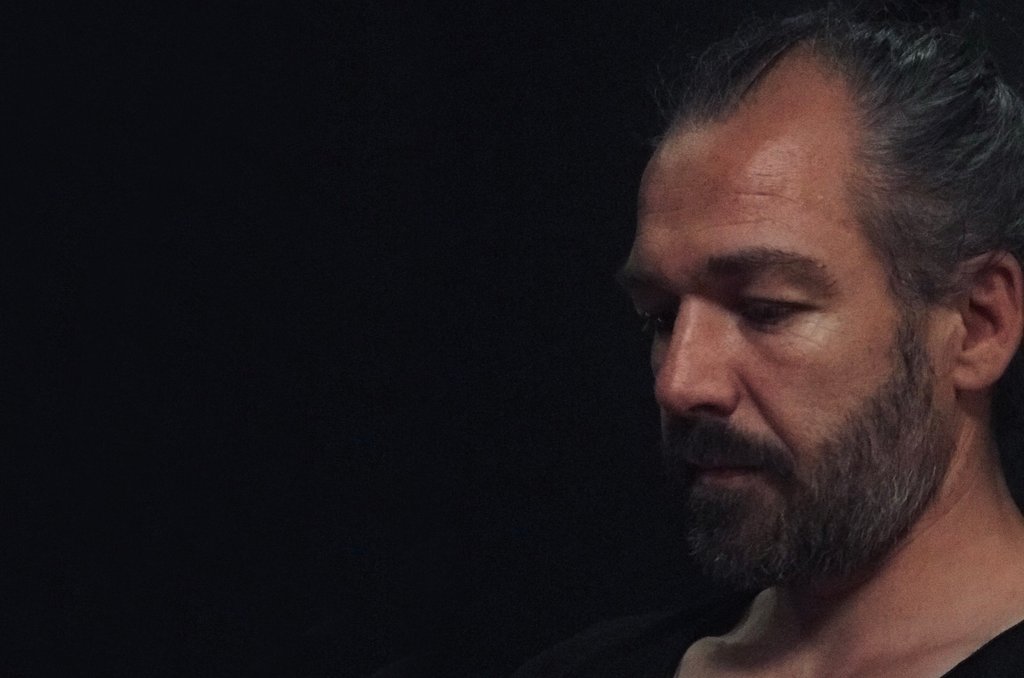Mr Dornbracht, you’re calling for architectural solutions for the sector. But isn’t it too rooted in the technical segment for that?
We would definitely have an easier time if our sector were part of the interior architecture or interior design sector. The fact is that, as the visible bathroom-on-the wall sector, we have to position ourselves more in the direction of interior architecture. First and foremost, that means paying more attention to the interfaces and getting to grips with them better. Yes, we sell sanitaryware. But there’s more to a complete bathroom than that.
So what belongs in a complete bathroom?
Tiles, obviously, but decoration too, wall and ceiling design or lighting. We’ve started tackling all those themes, but we haven’t developed them to the point where we can say that what’s on offer constitutes architecture for the room across the board. Many of our industry’s drivers have got other interests to take care of. We need to find a fundamental solution to the structural issues.
If the room concept approach is going to be interpreted holistically in the way your association is portraying, doesn’t it actually encompass even more than that?
I think there are several starting points. As we were saying just now, the first is the interfaces with the other fittings and fixtures an interior architect integrates, and the second is the interfaces with other rooms. There’s not actually anything new about that. But creating more transparency at the interfaces with the bedroom, dressing room etc. will make any room look bigger – and that enhances our sense of wellbeing. A sense of spaciousness is something that’s lacking in the average German house or apartment.
Is the air-conditioning problem that can arise when the bedroom and bathroom move closer together actually something that can be resolved within your sector?
The goal isn’t to combine the two rooms. You just have to create a sense of transparency. We could definitely learn a thing or two from good designer bathrooms in hotels, where it’s possible to alternate between transparency and non-transparency. The air-conditioning challenges that presents can certainly be solved. Glass walls are useful, for instance, because if you want to switch back to a sense of intimacy they can be made non-transparent via curtains, blinds, electricity or whatever. That’s the kind of thing we need solutions for. On the other hand, combined bedroom and bathroom layouts are ultimately utopian because people like their bedrooms cold and their bathrooms warm. And that’s something you just can’t reconcile. All the same, I think we can develop solutions for that kind of problem too – but again, only via cooperation between product manufacturers from various sectors, planners, engineers and tradesmen. It’s not the manufacturers’ job to come up with developments like that. It’s a question of having an overall concept, and for that we need competent planners from the fields of interior architecture and domestic technology.
What implications does taking the bathroom seriously as a room concept have in terms of building practices?
Wherever there’s a chance of developing new floor plans, we need to make it clear that positioning the bathroom within the floor plan is an extremely important task for the architect or project developer. To put it another way, the room concept also includes the question as to where the bathroom is located within the floor plan.
Or as to how I can satisfy my desire to feel the morning dew beneath my feet after taking a shower...
I once lived in a house where I could step straight out of the kitchen and onto the balcony for breakfast rather than having to go through the living room, I really enjoyed that. If the bathroom is upstairs on the first floor, why not include a little balcony with access from the bathroom rather than from the bedroom. If you want an innovative floor plan that works with modern room concepts, you have to think about where the best place for the bathroom is – and not just stick it in some corner or squeeze it into the middle because that just happens to be the best place for the pipe shaft. However, a lot of decisions – especially when it comes to new buildings – are based on budget aspects.
The average bathroom size of 7.8 square metres hardly seems to provide enough space to implement that kind of concept. Are architects actually aware of how the bathroom’s significance is changing?
No, not at the moment. To be perfectly frank, I think construction architects are the least aware of this development of all. It’s a different story with interior architects. But we all know that, in Germany’s private sector, interior architects only play a role in the top premium segment. As for construction architects, we need to trigger a shift in attitude via trade fairs like the ISH and through discourse and discussion forums.
So where could the first starting point be in terms of new room concepts in private house construction?
We need to develop room concepts that make it easier to adapt the bathroom to changing needs. We all know that, eventually, a certain target group is going to need more space in the bathroom. But everybody that builds a new house saves money on the bathroom for budget reasons, because the square metres in the bathroom are the most expensive floor space in the house. So what we need is room concepts that, right from the start, allow for bathroom renovations or bathroom extensions that will take place 20 years after the house is built, so that for instance the children’s room next door can be integrated into the bathroom with as little effort and expense as possible. That’s the kind of thing that has to be considered not just when you’re renovating a house, but when you’re planning a new building.
But isn’t that a classic chicken-and-egg problem?
Yes, but what we need is a paradigm shift. And we need the architect for that! In future architects – perhaps even in collaboration with building engineers – need to think about how to come up with architectural and engineering solutions that make it as easy as possible to change from a family bathroom to a lifestyle bathroom or an age-appropriate comfort bathroom – regardless of whether the customer is planning a new house, renovating an old one or converting his loft.
The first part of the interview you can read here.
The third part of the interview you can read here.




